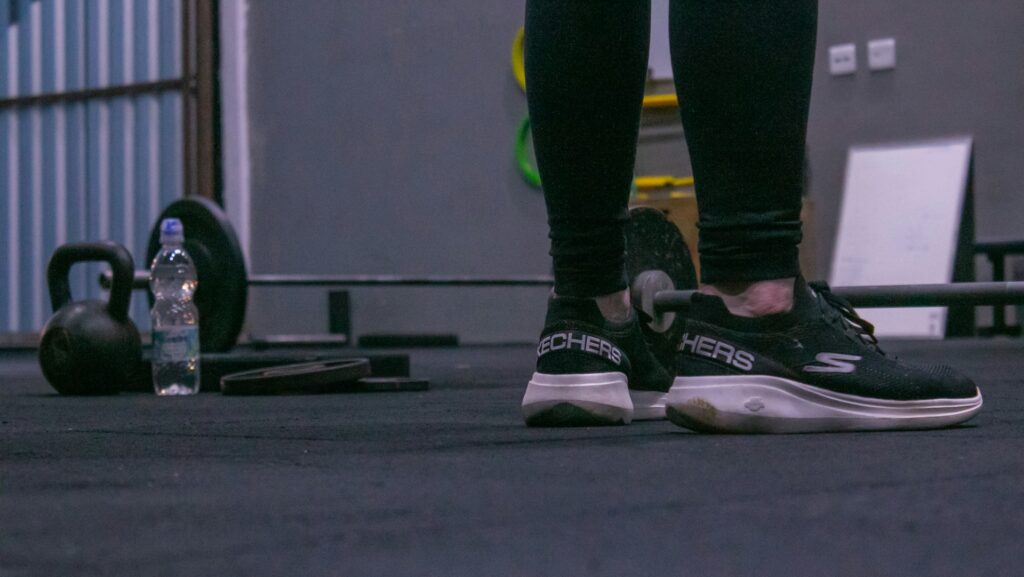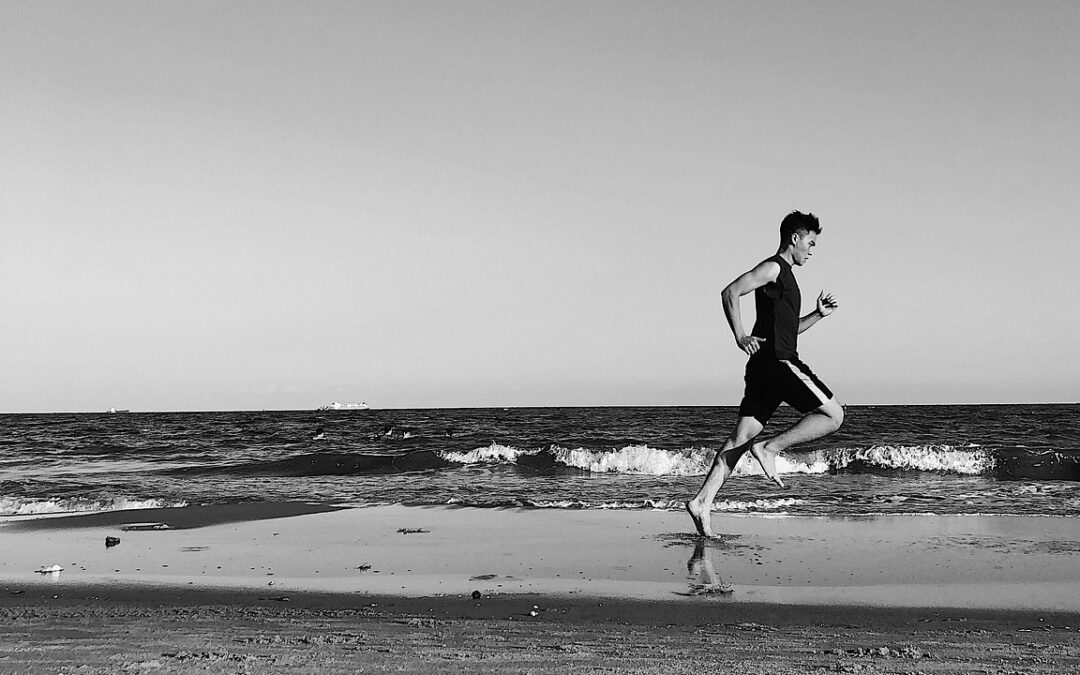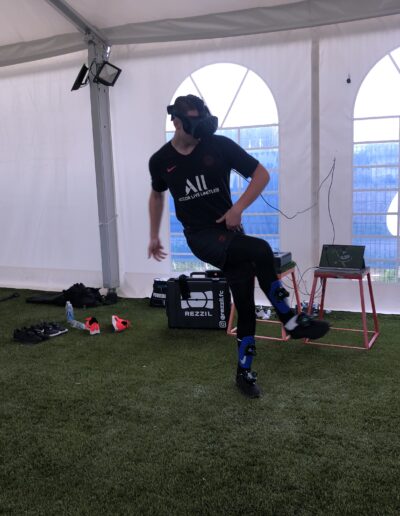Move over Whoop and Oura – Plantiga’s insole technology is transforming the way athletes analyse their movements and recover from injuries in sport.
In an elite sport environment this competitive, every marginal gain counts. That’s why athletes are always looking for ways to optimise their performance with tracking and analysis, and a new player is stepping into the market. Plantiga is a smart insole technology used by elite sports professionals to help them analyse and improve their performance.

Quin Sandler, the man behind the technology, says, “You can use Plantiga the same way that you would use a Whoop band or an Oura ring. So anytime you’re moving, it’s picking up on all of the loads, how much you do, and the volume of that work.”
Sandler is the CEO and founder of Plantiga, and his mission is to help athletes recover from injuries the right way.
“We just supported a player named Gabe Landeskog, the captain of the Colorado Avalanche, and he said to me multiple times that he would not be where he is today, in his rehab, without our data.”
The coin-sized technology seamlessly fits into athletes’ insoles, monitoring movement patterns, jump heights, an athlete’s load, and more.
Sandler says, “You can apply that data if you’re trying to manage injury. So, going through rehab, you’re using that data to drive better decisions and a better understanding of how you move.”
“These are what we call trainable deficits, so we have a bunch of sophisticated software that analyses that data, processes it, builds typical ranges, and learns how you move.
“This means that it can then flag the deviations outside of that normal bandwidth, almost like a check engine light on your car.”
Beyond injury prevention and recovery aid, Plantiga’s technology helps athletes monitor their in-game performance in sport.
Sandler says, “We just tracked Burnley FC player Zian Flemming’s games. I think the value that you get from being able to collect data in-game with the accuracy and granularity that we provide is bleeding edge.”
“The camera-based systems and GPSs don’t measure that granularity of how the foot hits the ground in a deceleration phase, but we do.”
Looking ahead, Sandler says, “We are following a path where we’re starting in this kind of elite athlete, rehab, physical therapy, sports medicine side.”
“The goal in the next two, three, four years is to move down market and really cement ourselves as that leader in movement and movement health, the same way that Oura and Whoop have done with what they call internal load or physiological load, which is heart rate and respiration.”
Sandler’s work has altered the way people train and recover, and grown into a company he is truly proud of.
“When you get a customer who is buying something that you’ve built, I think there is a feeling of pride.”
For Sandler and his business, their work goes beyond tracking movement. It extends to changing the way athletes move forward.
Sidelines Recommends

No pad? No problem
What if exercising on your period didn’t have to be uncomfortable? This is how a new wave of design is trying to make it happen.

How infrared sportswear is boosting performance
Learn about the high-tech infrared sportswear used by athletes in the Premier League, Formula 1, and British Swimming to improve performance.

Built by nature, worn by athletes
Usain Bolt is the fastest human, but a cheetah can outrun him by nearly three times his top speed. Nature’s brilliance is inspiring designers to create performance-enhancing technology and Sidelines is diving into the details.




